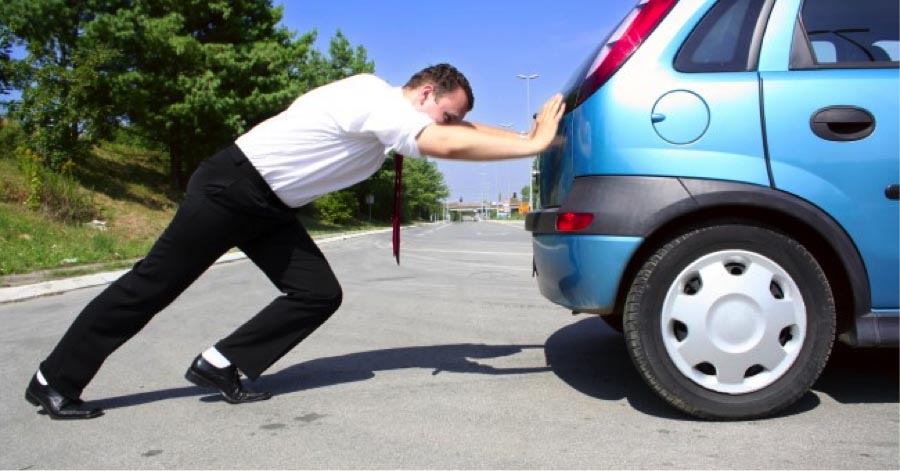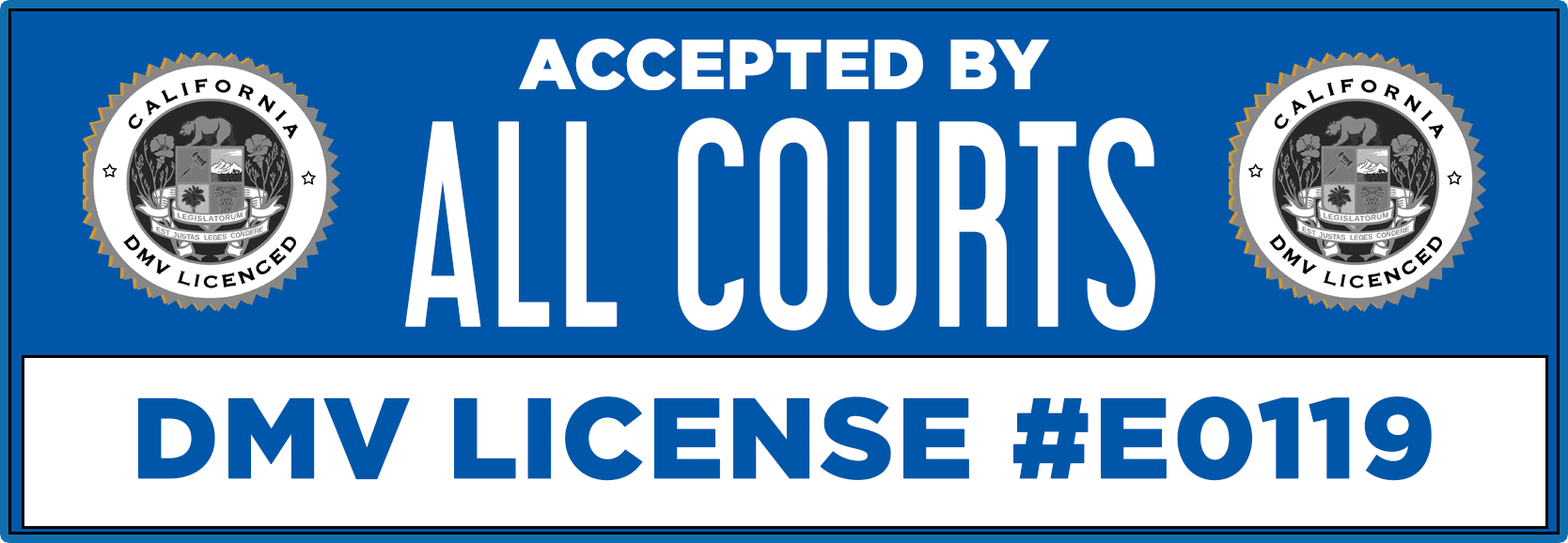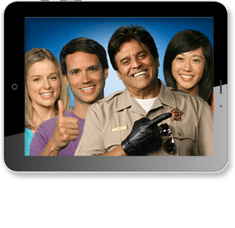What To Do When Your Car Breaks Down

If your car ever breaks down or you have mechanical failure, you should always make safety your number one concern. There are some basic precautions you should follow if your car does break down.
- If you are stuck on the side of a busy highway or street, do not get out of the vehicle to make repairs or inspect for damage. If possible, get your vehicle to a safer location.
- If the vehicle is not drivable, you should stay inside with your seat belt on and your doors lock. Most often, standing outside your vehicle is inadvisable and dangerous.
- Make sure you carry a roadside emergency kit, which has flares or reflective triangles that give other drivers advance warning of your vehicle’s location. Also, always turn on your blinking hazard lights.
If someone stops to help, don’t get out of your car. Roll down the window slightly and ask the person to contact the police or a tow service. Also, you should never stop to assist a stranger whose car broke down. Instead, help by driving to the nearest phone and calling police for help.
Any tire can have a blowout, but heavily worn tires are the most likely candidates. Tires with less than 1/32 of an inch of tread remaining are prime candidates for a blowout. If a driver’s front tires blow out, steering will be affected; consequently, front tire blowouts are much more dangerous than rear tire blowouts. For this reason, it is always a good idea to mount your best tires in the front.
The first thing a driver should remember during a rapid deflation or blowout of a tire is never to slam on the brakes. Hitting the brakes will only make the situation worse. The first thing drivers must do is to get control of the vehicle. They should grab the steering wheel tightly and steer straight ahead. Simultaneously, they must ease off the accelerator and allow friction to reduce the speed of the vehicle. When motorists have regained a certain amount of control, they should tap the brakes and steer onto a shoulder. Once on the shoulder and moving slowly (about 20 miles per hour), they should finally brake the vehicle to a safe stop.
Handling blowouts on freeways is similar except that drivers have to be especially careful of traffic in other lanes. Unless the blowout occurs in the far right lane, they will be forced to cross other lanes to get to the shoulder. They must be sure to signal first and to avoid braking at all until they are on the shoulder. Fortunately, freeways usually have wide shoulders, allowing drivers to move completely away from the flow of traffic. Drivers should never attempt to change a tire on the shoulder of the road unless they are completely out of the flow of traffic – and never attempt to change a tire on a sloping shoulder. In the first case, they can be hit by on-coming traffic; and in the second, the car can fall over on you.
- Hold the steering wheel tightly and steer straight ahead.
- Slow down gradually. Take your foot off the gas pedal slowly but don’t apply the brakes.
- Slow to a stop off the road.
- Apply the brakes when the car is almost stopped.
- Turn the steering wheel HARD, with both hands on the wheel, to get to the side of the road.
- Stop the car. You may have to push the brake pedal hard if your car has power brakes.
· Restart the engine and proceed with caution.
If your headlights suddenly go out at night:
Try the dimmer switch. That will often put them on again.
- Try the headlight switch a few times.
- If that doesn’t work, put on the parking lights, emergency flashers, or turn signals.
· Pull off the road as quickly as possible and leave the emergency flashers on.
If your hood suddenly flies up:
- Slow down.
- Try to look under the hood to see. If you can’t…
- Put your head out the window and look around the hood.
- Use the center line or the lane marking as a guide.
- Pull off the road as soon as possible and put on the emergency flashers, if you have them.
- Shift to neutral.
- Apply the brakes.
- Keep your eyes on the road.
- Look for a way out.
- Warn other drivers by blinking and flashing your emergency lights.
- Try to drive the car safely off the road.
- Turn off the ignition when you no longer need to change direction.
- Shift to low gear and keep the front wheels straight.
- Gently step on the gas pedal.
- Avoid spinning the wheels. Drive forward as far as possible.
- Shift to reverse and slowly back up as far as possible. Don’t spin the wheels.
- Shift to low again and drive forward.
- Repeat this forward backward rocking motion until the car rolls free.
- Put boards or tree branches under the tires in deep mud or snow. Never do this when the tires are spinning.
You may avoid getting stuck if you always carry chains in your vehicle. Put them on the tires before driving in snow or mud.
When you enroll in a traffic school program, you will learn about the topics mentioned above and more. A motor vehicle can be a safe mode of transportation, or it can be a very dangerous weapon. If you want to learn how to increase the chances of making it to your destination in one piece, complete our traffic school online today. The program is ComedyTrafficSchool.com. Take online traffic school the fun way with our award winning course. Our traffic school course is the perfect choice for anyone who recently received a traffic ticket; keep points masked from your driving record, your auto insurance rates low and become a better, safer driver!





